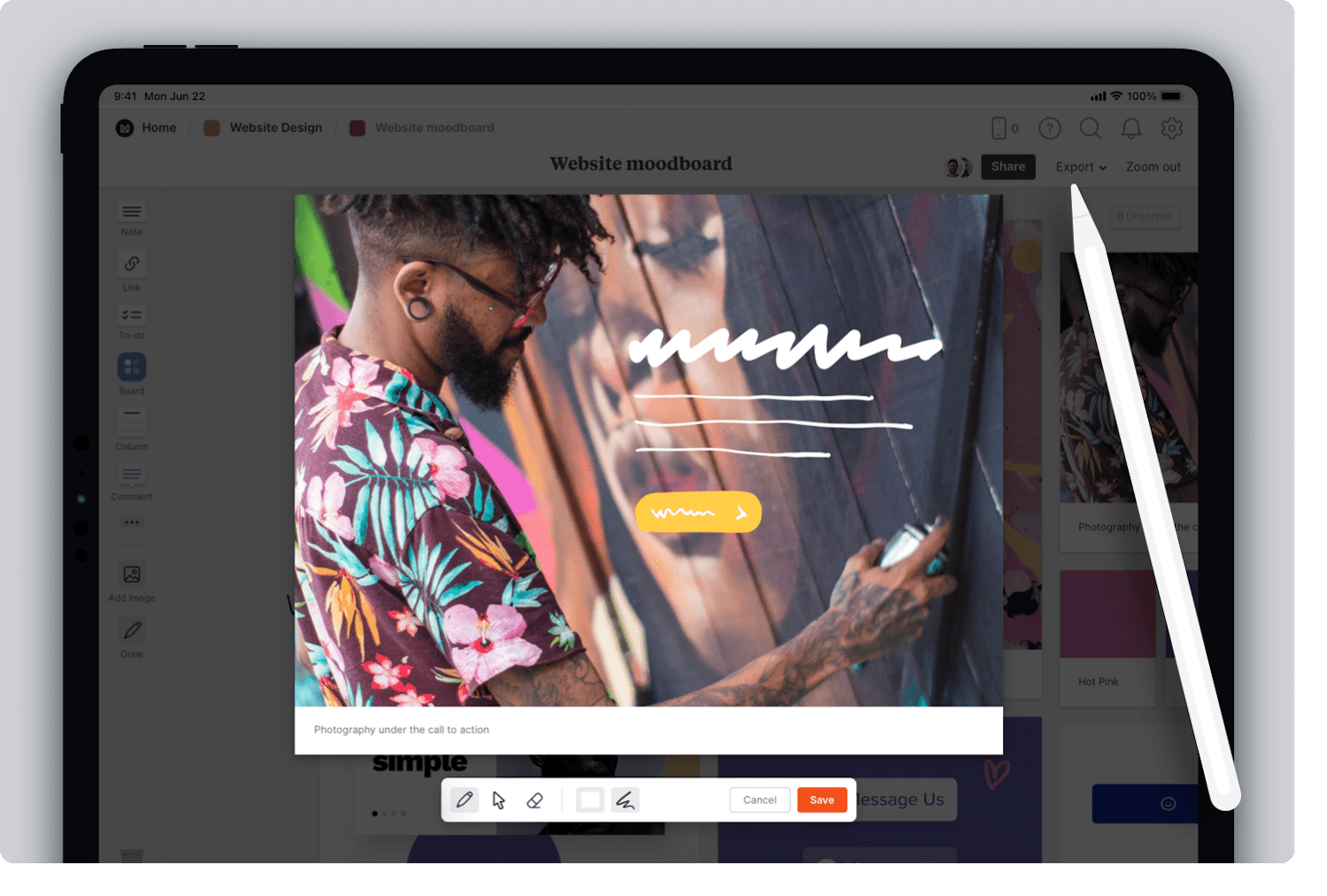How Website Design in copyright Can Elevate Your Business Online
Boost Engagement With Ingenious Site Style Solutions
An attentively crafted individual experience, underpinned by calculated visual design and interactive components, can substantially improve user engagement. By discovering different approaches such as receptive design and personalized material, businesses can produce a system that not only mesmerizes users however additionally promotes lasting loyalty.
Comprehending User Experience
Comprehending customer experience (UX) is critical for creating efficient website style solutions, as it directly influences just how customers communicate with electronic systems. An extensive UX approach encompasses different components, consisting of functionality, customer, and access complete satisfaction, every one of which add to the total performance of a website.
To begin with, usability focuses on exactly how easily users can browse and discover the details they seek. Ease of access ensures that all users, including those with handicaps, can efficiently engage with the website.
Moreover, recognizing user personalities is crucial for tailoring the experience to fulfill details audience needs. By conducting user research study and testing, designers can collect insights that inform style decisions, making sure the website not just meets visual goals but also satisfies practical needs. Eventually, a thoughtful approach to UX style fosters interaction, urges retention, and improves total user satisfaction, which are crucial for the success of any electronic system.
Visual Style Approaches
Incorporating reliable visual style methods is necessary for capturing user interest and enhancing the overall user experience on a site. A well-balanced visual hierarchy guides customers via the web content, permitting them to easily navigate and absorb information. This can be accomplished through the critical use typography, color design, and spacing, which collectively develop a cohesive and engaging layout.
Color plays a crucial role in evoking emotions and developing brand name identity. Making use of a well balanced shade scheme that aligns with the brand name's ethos can foster experience and depend on. In addition, integrating top quality pictures and graphics enhances visual appeal and can significantly improve user engagement.
Whitespace, typically overlooked, is similarly essential as it allows content to breathe and prevents frustrating customers with clutter. It assists in much easier analysis and understanding, leading to an extra delightful browsing experience.

Interactive Elements for Engagement

One key aspect of interactive design is personalization. Tailoring experiences based on customer actions and choices can substantially enhance engagement. Customized content suggestions or dynamic individual interfaces that adjust to individual choices develop a sense of ownership and importance, inspiring individuals to explore further.
Gamification is an additional powerful strategy. Integrating game-like elements, such as success or benefits for finishing tasks, can change ordinary interactions right into pleasurable experiences. This strategy not only boosts involvement however also motivates individuals to return, creating a dedicated click reference target market.
Moreover, interactive components can help with social sharing, amplifying a web site's reach. Functions like remark sections, share switches, and user-generated content locations foster neighborhood communication, turning visitors right into energetic participants (website design copyright). Inevitably, the tactical use interactive elements is important for creating a compelling and interesting site that resonates with individuals
Responsive and Adaptive Design
A properly designed site must prioritize adaptive and receptive layout to read this article guarantee optimal individual experiences throughout a variety of gadgets and display sizes. Receptive design utilizes liquid grids and adaptable photos, permitting the layout to immediately readjust based on the customer's display size. This approach ensures that individuals can easily connect and browse with the web content, no matter of whether they are making use of a tablet, desktop computer, or smart device .
On the other hand, adaptive layout makes use of predefined designs that are tailored to details tool groups. This indicates that the web site finds the sort of gadget being used and offers the ideal format, which can boost packing times and enhance the display of important elements. While both approaches intend to enhance functionality, responsive layout is usually preferred for its fluidity and seamless change between devices.
Incorporating flexible and receptive layout not just improves individual satisfaction yet additionally favorably influences search engine rankings. Online search engine prioritize mobile-friendly sites, thus increasing visibility and attracting more site visitors. For that reason, buying these layout strategies is important for services wanting to engage their target market properly and maintain a competitive side in today's electronic landscape.
Studying Customer Feedback and Information

Examining metrics such as bounce rates, time on page, and click-through prices offers a quantitative viewpoint on user engagement. These metrics assist developers discern which material reverberates and which areas might require optimization. Moreover, A/B screening can be employed to assess variants in layout, allowing designers to make enlightened decisions based on customer communications.
Including user feedback not only enhances web site use yet additionally cultivates a sense of community and depend on. Involving with customers via feedback loopholes grows commitment and urges repeat gos to. Eventually, leveraging individual feedback and data evaluation is important to producing a dynamic, user-centered site that adapts to advancing individual requirements and choices, consequently driving greater interaction and complete satisfaction.
Verdict
In final thought, cutting-edge site layout solutions substantially boost user interaction by focusing on user experience, employing reliable aesthetic strategies, and integrating interactive components. The implementation of receptive and adaptive style makes sure ease of access across numerous tools, further fostering individual communication.
An attentively crafted customer experience, underpinned by strategic visual design and interactive aspects, can dramatically boost customer engagement.Incorporating effective visual design techniques is necessary for recording customer focus and boosting the total customer experience on a website.User feedback and data analysis are essential parts of reliable internet site layout, as they supply useful understandings into user behavior and preferences. Ultimately, leveraging customer responses and information analysis is essential to creating a vibrant, user-centered internet site that adjusts to advancing customer demands and choices, thus driving higher engagement and fulfillment.
In verdict, ingenious web site style solutions significantly boost individual interaction by prioritizing user experience, using efficient visual strategies, and incorporating interactive components.